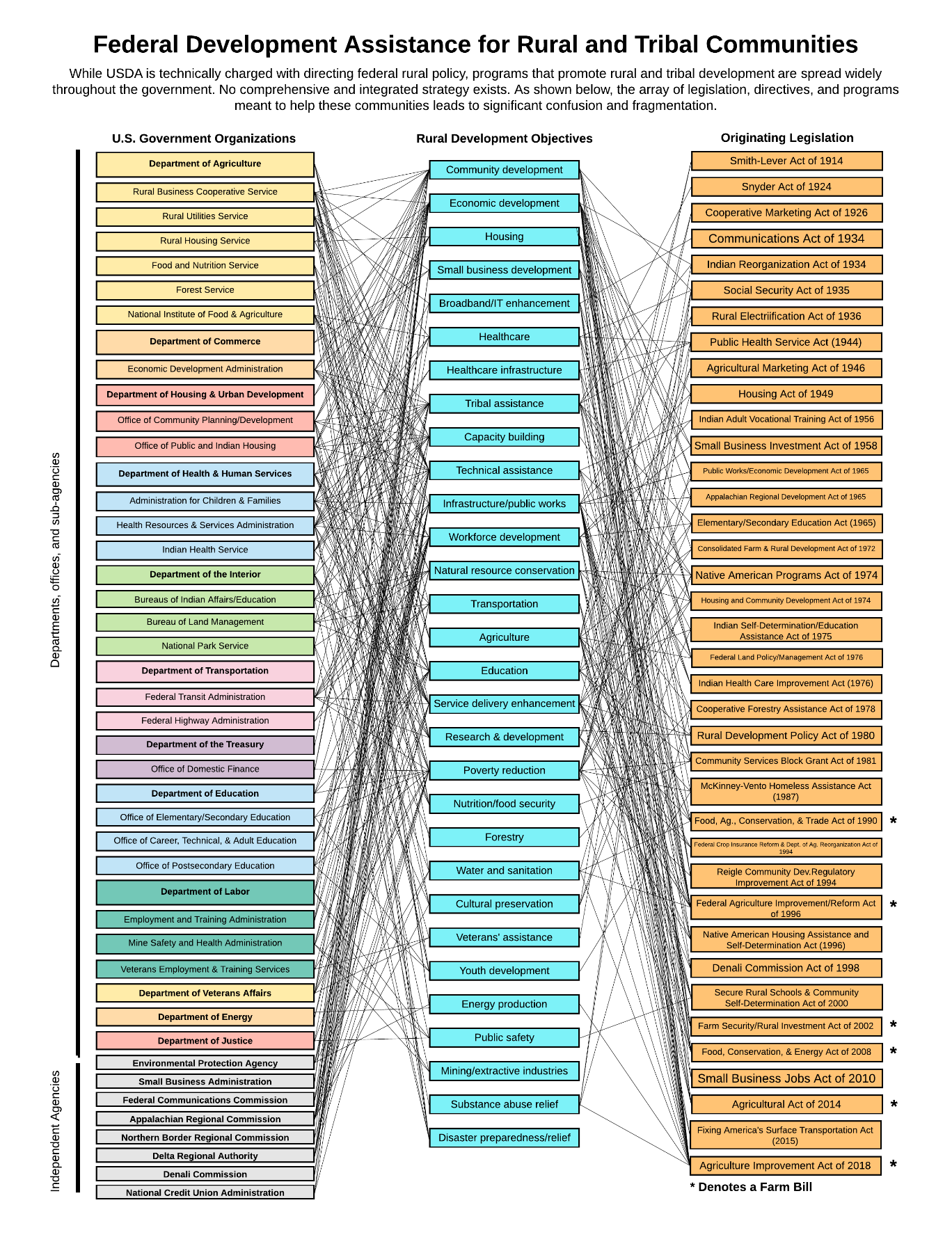
Guest Blog: Bureaucracy– More Like “Bureaucrazy”
A review of the “The Future of Federal Rural Policy” keynote address by Tony Pipa of the Brookings Institution at the Southern Vermont Economy Summit.
By Michael Keane, Consultant
At this year’s Southern Vermont Economic Summit, Tony Pipa’s presentation on Federal Rural Policy’s Future provided a “view from DC” on rural communities, economic development, and policies/programs meant to accelerate rural development.
Pipa described rural economic development from the early days of facilitating local control of the economy and equitable distribution of prosperity to the world of today— the world of corporate consolidation, globalization, and deregulation, which cause distinct economic challenges and disadvantages to today’s rural populations. I think we see that all around us in northern New England.
His overview of the number and type of federal and state agencies, programs, departments, offices, and independent agencies involved in rural economic development in what he called a “fragmented, complex landscape are no doubt a major challenge to success and consistency in rural development.
In one approach to counter that complex landscape, the Biden administration, Pipa said, aims to develop a domestic development corporation as a reform of the current systems to create bipartisan momentum and priorities as part of the “Build Back Better” agenda He named the key “Build Back Better” initiatives like the American Rescue Plan, American Jobs Plan, American Families Plan, and others intended to build back better. All these are admirable initiatives by the administration.
Let me cut to the chase and tell you what surprised me the most and what concerns me most.
The surprise? The sheer number of federal and state agencies, programs, departments, offices, and independent agencies involved in what Pipa, in understated fashion, calls a “fragmented complex landscape,” confusing and cumbersome. It resembles spaghetti thrown against a wall. One might call it “bureaucrazy,” bureaucracy run amok over decades and decades.
My concern?
Strategy, implementation, and culture.
Strategy and planning are critical, yes. Implementation is always hard. I wish those were the only challenges.
For me, the major concern about all the legacy programs, agencies, and departments is how to move beyond their ingrained cultures and ways of doing business and ensure that they move in the same direction in a cohesive way. That’s an enormous organizational challenge.
The cultures that have developed over the years in these disparate organizations and agencies will be the biggest obstacles to implementing new programs. People and organizations are loyal to culture, not to strategy. As well-known thought leader and management consultant Peter Drucker always said: “Culture eats strategy for breakfast.”
To watch the entire session visit: www.sovermontzone.com/recordings-and-materials/



